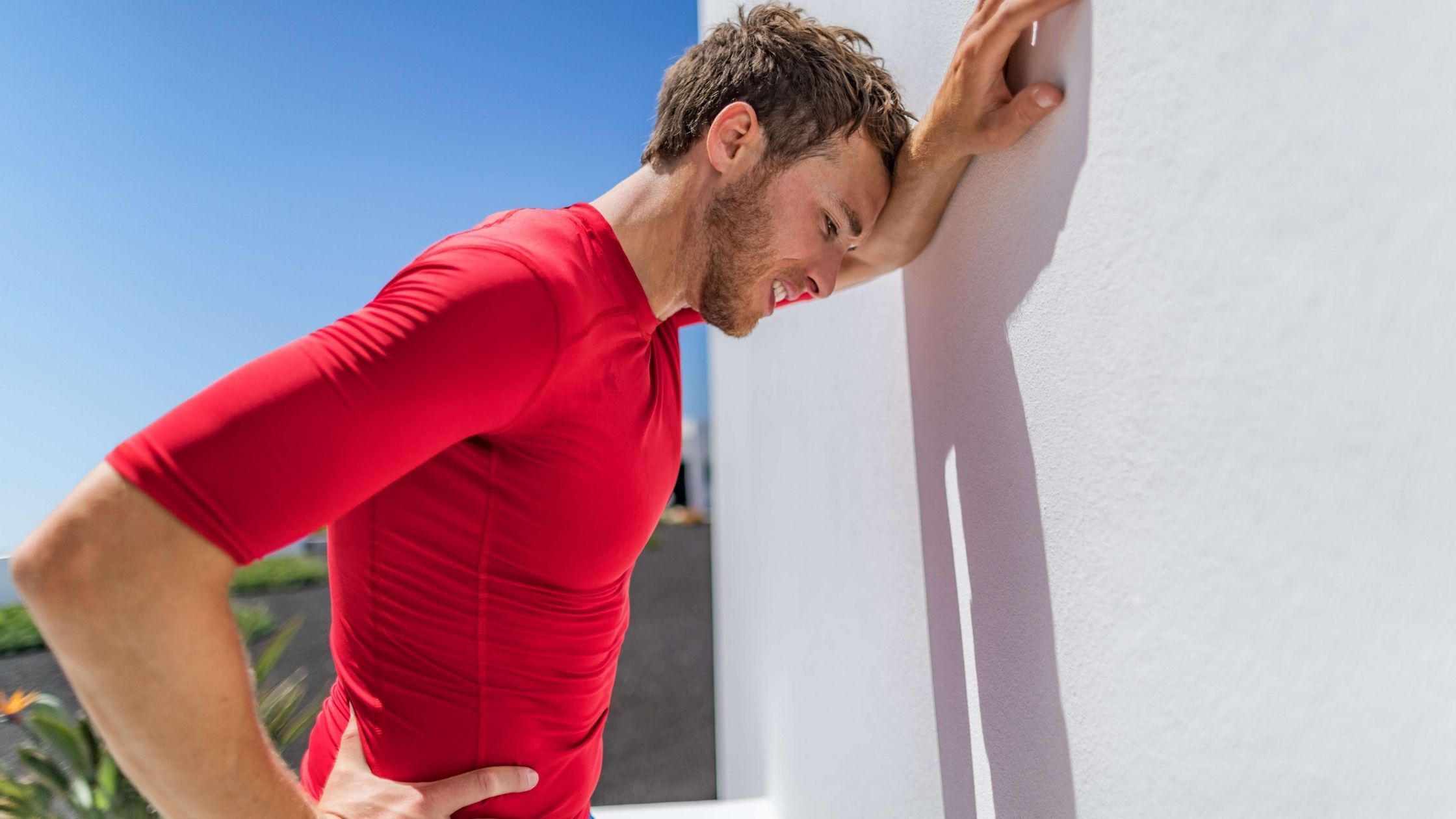As the temperatures continue to rise each summer thanks to the changing climate, understanding the dangers of heat exhaustion becomes even more essential. In 2019, 884 people lost their lives to this form of heat injury.
With record-breaking heat this year, those numbers will probably rise. Heat exhaustion is preventable for most people, though.
What is Heat Exhaustion?
The human body has a system for regulating its temperature. That is why people sweat when they are hot. The body uses moisture as a tool to cool the temperature of the skin. It’s an effective system right up until the point that it stops working.
Heat exhaustion occurs when the heat becomes too much to handle. The combination of the high environmental heat and the rising internal temperature leads to insurmountable problems for the natural cooling system. That is heat exhaustion.
Heat exhaustion can also result from dehydration, alcohol use, and dressing in a way that doesn’t allow the body to sweat.
Who is at Risk for Heat Exhaustion?
It can happen to anyone, although some are more prone to it, such as:
- The elderly
- Infants
- Those with chronic illness.
- Those who take certain medicines for high blood pressure or heart disease.
- People who are overweight
Excessive heat can overcome anyone and lead to heat-related illnesses like heat exhaustion regardless of your health status.
What are the Symptoms of Heat Exhaustion?
They may vary from person to person, but some common symptoms include:
- Moist skin
- Goosebumps in the heat
- Feeling dizzy and faint
- Headache
- Rapid pulse
- Fatigue
- Muscle cramps
- Nausea
- Low blood pressure when you stand up
- Heavy sweating
Having one or more of these symptoms could indicate heat exhaustion. However, severe symptoms such as loss of consciousness or hot, dry skin with little to no sweating could mean that person has heat stroke instead.
Heat Exhaustion vs. Heat Stroke
Heatstroke is the most serious of heat-related illnesses. It indicates a body temperature of 103 degrees Fahrenheit or higher. Heatstroke is a medical emergency.
Heat exhaustion happens before the heatstroke. It shows your body temperature is rising to dangerous levels, and you must take action to cool it down and avoid heatstroke.
What to Do if You Suspect Heat Exhaustion
If you suspect heat exhaustion, you need to find a way to cool off fast. Of course, the most common-sense approach is to get into an air-conditioned space. But, if that’s not possible, even moving into the shade might be enough to bring down your body temperature.
You can also:
- Drink something cool, preferably water or a sports drink. You should avoid alcohol.
- Take a cool shower or soak in cool water
- Loosen your clothing
An ounce of prevention goes a long way with heat exhaustion, too.
Tips for Preventing Heat Exhaustion
Heat exhaustion is preventable most times. These tips should help:
- Wear light-colored, lightweight clothing that is loose fitting if you are going to be in the heat.
- Avoid sunburn, which interferes with the body’s natural cooling system. Instead, wear sunscreen with an SPF of at least 15 and apply it liberally.
- Drink lots of fluids to stay hydrated. It should be nonalcoholic, but it doesn’t have to be water.
- Train your body to be in the heat. Acclimate to the heat by spending a limited amount of time outside each day. It may take several weeks.
- Plan your outdoor time for the coolest parts of the day, such as early morning or evening.
If you live in areas that are reaching dangerous temperatures, approach the problem as a community. Check on your neighbors regularly to make sure they are taking steps to avoid heat-related illness.
